I have been crucified with Christ. It is no longer I who live, but Christ who lives in me. And the life I now live in the flesh I live by faith in the Son of God, who loved me and gave himself for me.
Galatians 2:20
Let All Creation Sing
Some years ago, I attended a horticulture conference where one of the speakers began her talk by saying, “Summer, fall, and winter are seasons. Spring is a miracle!”
I often think of her comment when we’re on the cusp of spring, anticipating the glorious bursting forth of foliage and flowers when all creation joins in a chorus of praise to the Creator, pointing us to Jesus’ resurrection.
Yet, even when I stroll my garden in the winter, weeks before the magnificent display of new life, I find signs of what will be. Leafless branches sport tiny buds, which will become the next season’s greenery. Flowering shrubs often set their buds months before they bloom. They sit patiently, awaiting the time of their awakening. After years of watching the cycle repeat, I confidently look forward to the beauty to come.
I find bulbs and seeds to be equally remarkable. They don’t look like much, but each holds the promise of what it will become. Given time and the proper conditions, even the tiniest of seeds will produce a towering tree with branches to provide shelter for nesting birds (Mark 40:30-32).
His Life in Us
The introductory verse above from Galatians affirms the status of those who believe in Christ as Savior. We are alive in Him. And though we will continue to struggle with sin as long as we’re in the flesh, God already counts us righteous because of Jesus’ sacrifice. The Spirit is at work within us, with the same power that raised Jesus from the dead (Ephesians 1:19-20), transforming us more and more into the image of the Son.
Just as the promise of what will be resides in buds and bulbs and seeds, we have the assurance that He who began a good work in us will see it through to completion (Philippians 1:6).
Aspirations
The first half of Acts chapter 4 describes an occasion when Jewish religious leaders arrested Peter and John, then summoned them to give an account of healing a crippled man (Acts 4:1-22). No matter how much the leaders threatened them, they boldly proclaimed the power of Jesus and His resurrection, giving Him full credit for their ability to heal.
Verse 13 has always inspired me: Now when they saw the boldness of Peter and John, and perceived that they were uneducated, common men, they were astonished. And they recognized that they had been with Jesus. (Emphasis mine.)
That’s me, common and ordinary, nothing of my own to boast about (Ephesians 2:8-9), but I want to look different – to captivate others with the beauty and aroma of Christ – because I’ve been with Him.
Blessed to Be a Blessing
God chose a people for Himself, not to take them out of the world immediately, but to join Him in reconciling the nations to Himself (2 Corinthians 5:17-19).
While we live as sojourners between the now and not yet, we’re called to manifest signs of the life of Christ in us, always ready to give a reason for our hope (1 Peter 3:15). Paul tells us we’re God’s workmanship in Christ and that He prepared good works for us to carry out (Ephesians 2:10). According to James, good works provide evidence of a faith that’s alive and well (James 2:14-26).
Likewise, the fruit of the Spirit – love, joy, peace, patience, kindness, goodness, faithfulness, gentleness, and self-control – reflects our abiding dependence on the One who makes all things new, including us.
So, dear readers, won’t you join me in endeavoring to embrace and embody who we are in Christ so that our lives might bear much fruit for Him?
Dear Lord, what a gift You give us in the beauty of springtime when reminders of Jesus’ resurrection are all around us. Thank You for the assurance we have in Him that we, too, will be raised to eternal life. Until then, please help us exhibit unmistakable signs of His life in us to a world in need of hope.
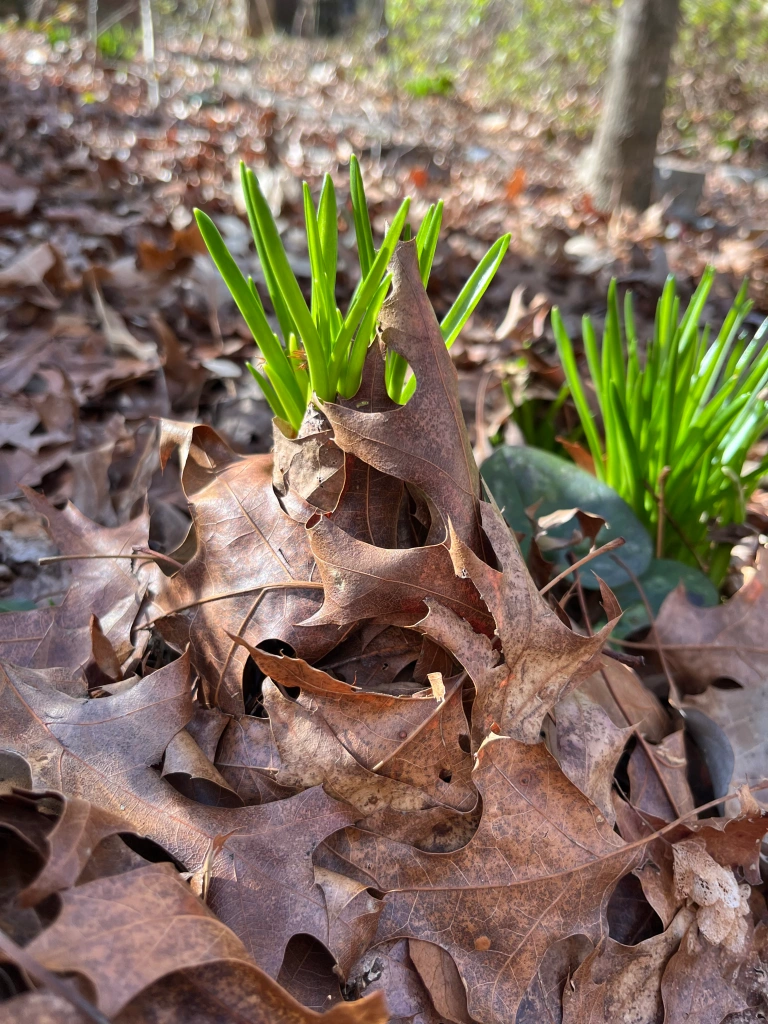
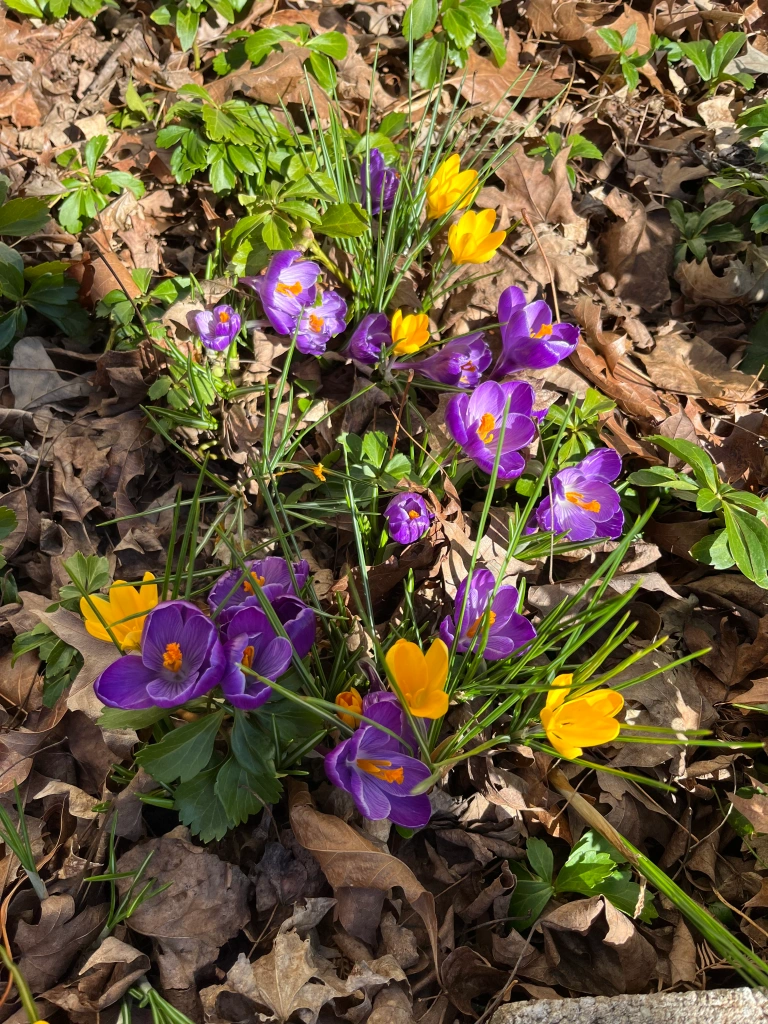
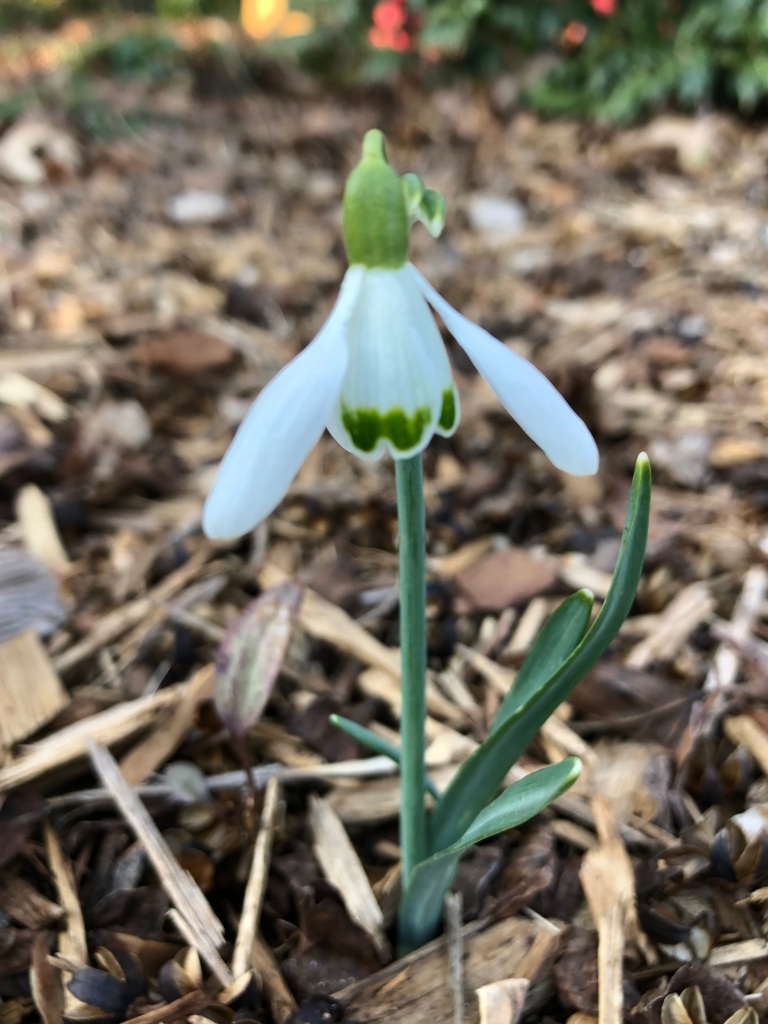
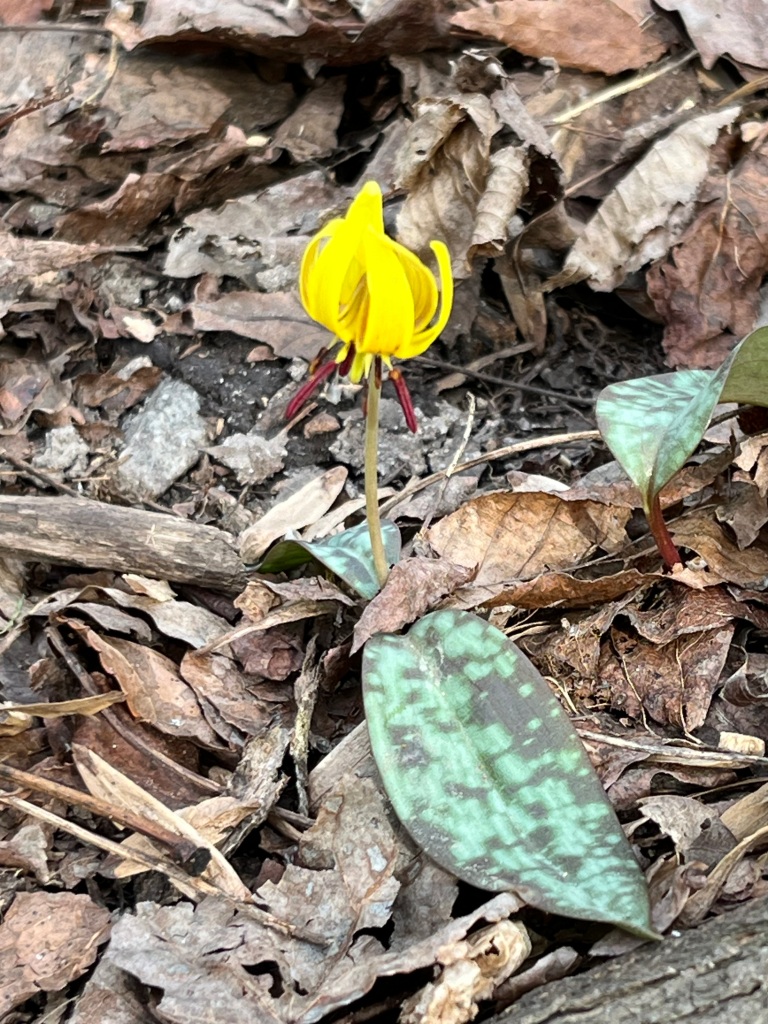
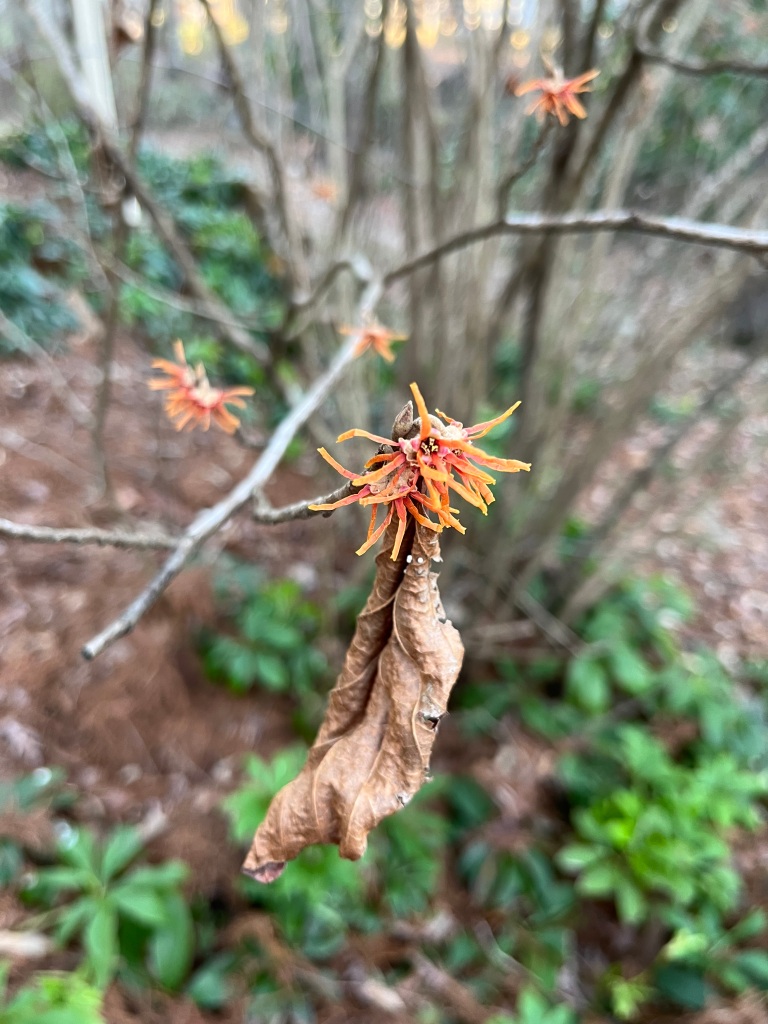










 And then there were rocks to deal with, some too big to dig up, others temporary yet annoying obstacles. The distinct clank of the shovel hitting their unyielding surfaces accompanied Ray’s efforts to install carefully-chosen plants.
And then there were rocks to deal with, some too big to dig up, others temporary yet annoying obstacles. The distinct clank of the shovel hitting their unyielding surfaces accompanied Ray’s efforts to install carefully-chosen plants. Born and raised in South Dakota farm country, Ray was accustomed to soil so rich it’s nearly black. When we lived in Delaware we would occasionally get a load of mushroom compost to top dress the yard – smelly, but effective when it came to adding nutrients to the soil. These experiences plus his horticulture degree informed Ray there would be no shortcut when it came to improving the hardpan he’d been left with. Thus he began the tedious process of amending the clay by tilling in top soil and compost.
Born and raised in South Dakota farm country, Ray was accustomed to soil so rich it’s nearly black. When we lived in Delaware we would occasionally get a load of mushroom compost to top dress the yard – smelly, but effective when it came to adding nutrients to the soil. These experiences plus his horticulture degree informed Ray there would be no shortcut when it came to improving the hardpan he’d been left with. Thus he began the tedious process of amending the clay by tilling in top soil and compost. My ruminations on the power of our words brought to mind the scene in “Bambi”
My ruminations on the power of our words brought to mind the scene in “Bambi”